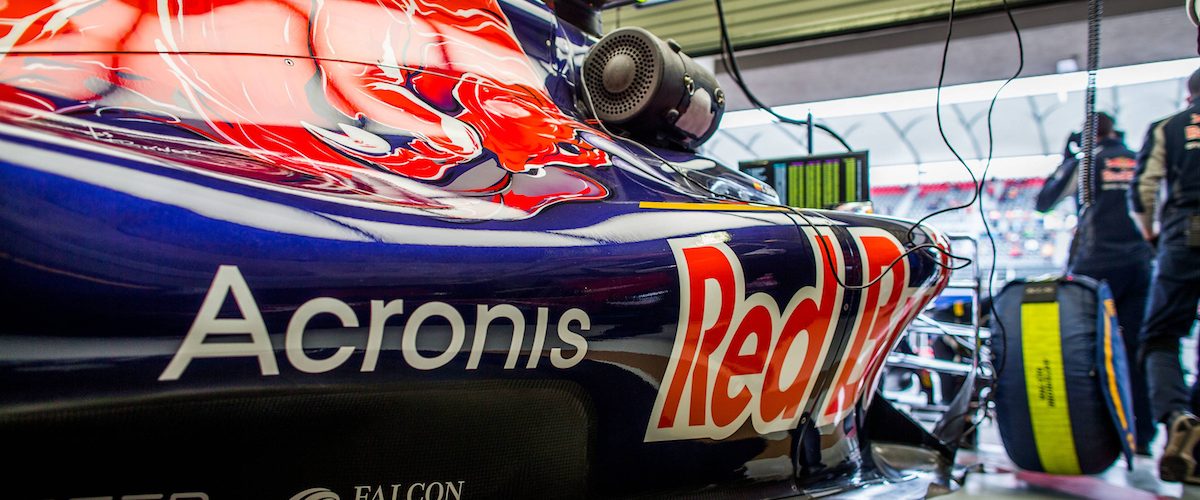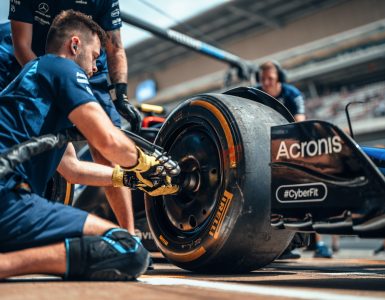For some, the beauty of Formula 1 is all about its sporting aspects. For others, it’s all about technology, the incredible innovation behind the world’s most technology-driven sport. But the reality is that you can’t separate the two. Formula 1 is at once about sport, technology, and innovation. And what may seem like an expensive hobby for wealthy tinkerers and daring racers actually has a trickle-down effect on our everyday lives. Formula 1 is a massive research and development powerhouse. Technologies developed within the closed walls of F1 team factories find their way into other industries, making our lives simpler, safer and more efficient.
Here are a few obvious (and some not-so-obvious) examples of Formula 1 technology that has made its way into our everyday lives:
Tyres
Pirelli, the sole tyre supplier for all Formula 1 teams, has conducted an enormous amount of R&D over the years. The tyre technology developed for Formula 1 — soft tyres with more grip or hard tyres that last longer — is also used for road cars. If you have a set of Pirellis on your car outside, the Formula 1 technology has followed you home.
KERS
Kinetic Energy Recovery System. The concept of transferring a car’s kinetic energy using flywheel energy storage, originally developed by physicist Richard Feynman in the 1950s, found its way to Formula 1 in 2009. This system captures the energy created during braking and transforms it into electrical energy. Modern Formula 1 cars also capture the heat energy from both exhaust and brakes, converting it into electricity. So the next time you drive your hybrid car, remember: whenever you brake, your battery gets an extra charge.
Engine efficiency
With every change in technical regulations, the FIA, Formula 1’s governing body, introduces new engine restrictions designed to make Formula 1 more environmentally sustainable. Only a few years ago, racing cars had 3.5-liter 12-cylinder engines and no limit on fuel consumption. Today, the engines are smaller and quieter. Every modern road car has directly benefited from developments in this area.
Carbon fiber
One of the biggest advances in technology inspired by Formula 1 is the widespread use of carbon fiber material, known for its high strength-to-weight ratio. The carbon fiber revolution began in the early 1980s when McLaren designed the first carbon fiber monocoque, the capsule that encloses the driver. The technology is now used across the board in automotive and numerous other industries. Carbon fiber is strong and lightweight, which helps to improve performance and fuel efficiency for road vehicles.

The use of data
Formula 1 racing cars are equipped with over 200 telemetry sensors collecting thousands of data points, generating astronomical amounts of data every racing weekend and at the factory. Data collected during the race allows teams back in the factory and at the racetrack to make split-second decisions to assess the car’s performance and adjust the driver’s strategy accordingly.
This capacity to visualize and access real-time information has also benefited many other industries that have nothing to do with racing. McLaren Applied Technologies, the company behind the Advanced Telemetry Linked Acquisition System (ATLAS) used for processing real-time F1 telemetry data, is also helping hospitals to improve their response time in dealing with critically sick patients. Collecting telemetry data on patients helps to provide immediate medical help in the most efficient way.
Effective teamwork
Earlier this year, Fox Sports published a story about the neonatal unit from the University Hospital of Wales that reached out to a Formula 1 team. The doctors asked the racers for advice on improving teamwork when delivering newborns in high-pressure situations. As a result, the hospital implemented Formula 1 techniques and processes to streamline medical management of babies born critically sick. The resulting improvements enabled the doctors to provide newborns with urgent medical care in the first few seconds of their lives as efficiently as a pit crew changing tyres during a pit stop in a Formula 1 race.
These are just a few examples of how the technology developed for Formula 1 races has made its way into other industries – and it’s all data-driven. It takes enormous amounts of such data to enable research, engineering, and development of these products, and Acronis has the tools to store and protect that data into the future.



